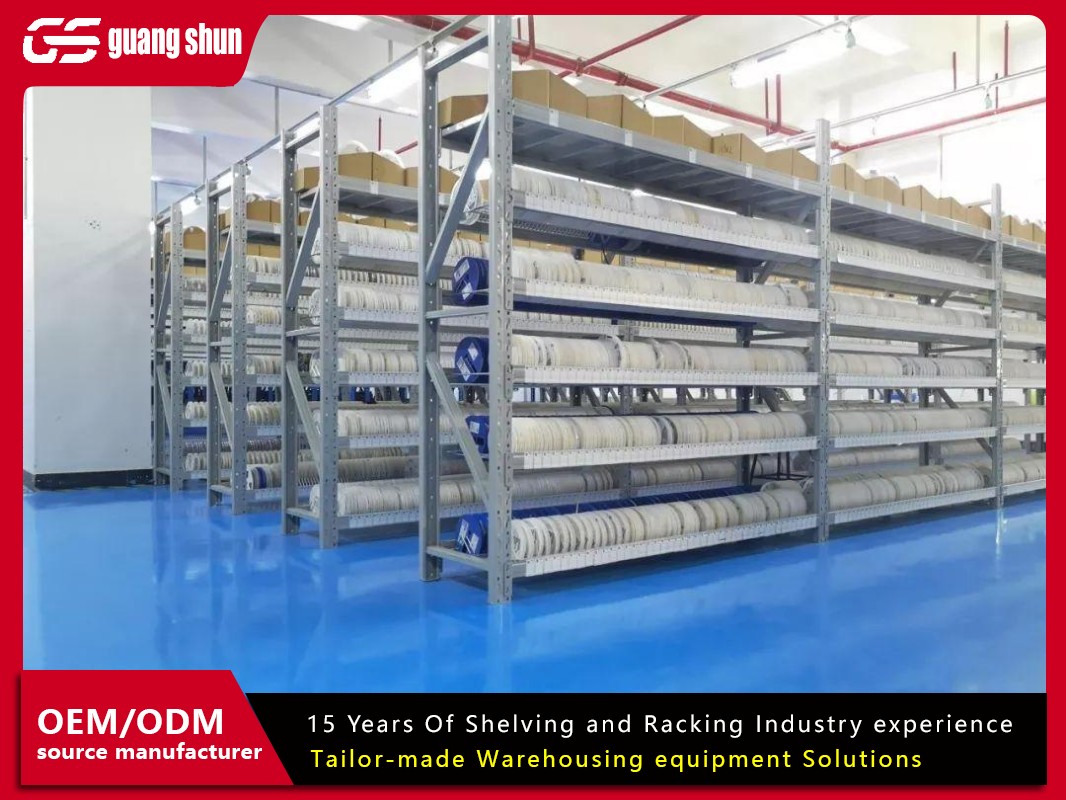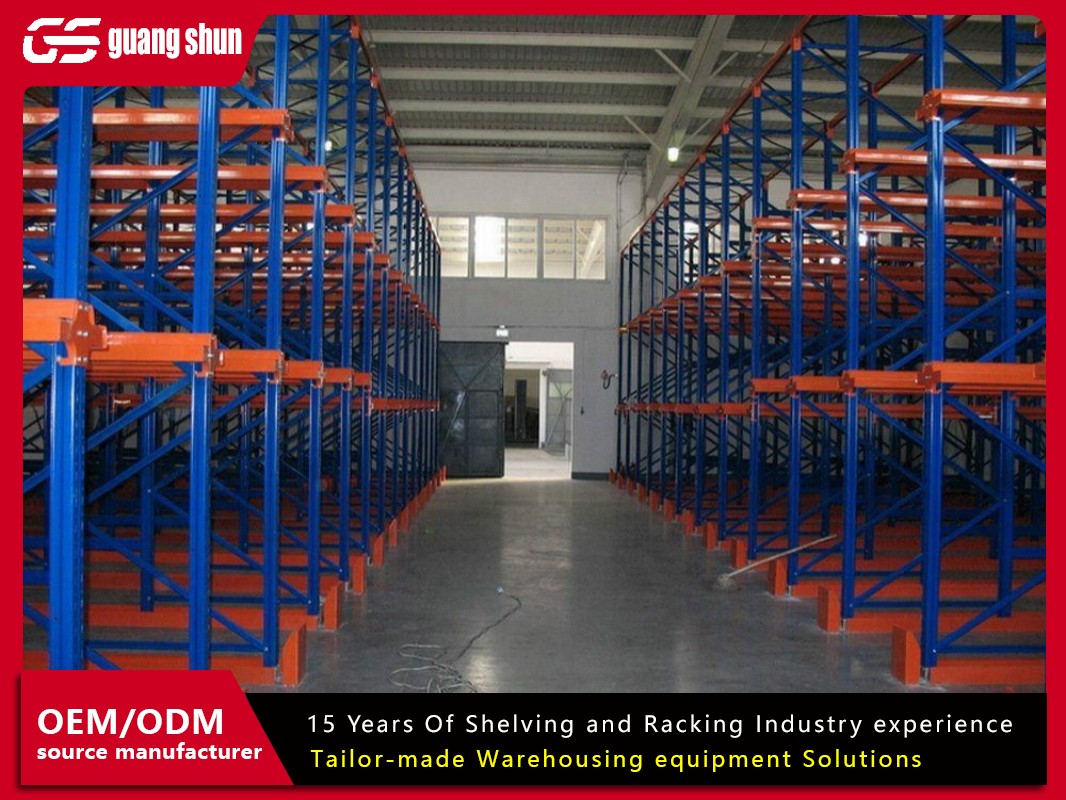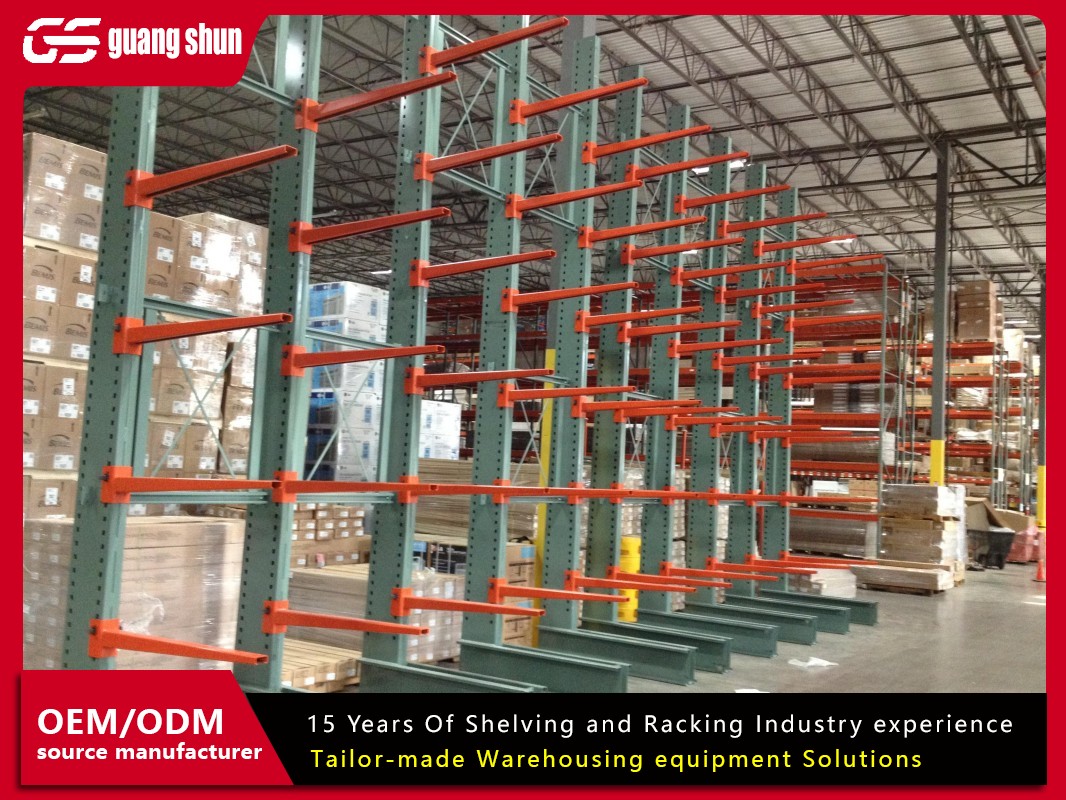When it comes to optimizing warehouse operations, storage solutions play a pivotal role in enhancing productivity and reducing costs. Among the various options available, push back racks have emerged as a popular choice for businesses seeking to balance high-density storage with easy accessibility. If you're tired of cluttered aisles and inefficient inventory management, this article delves into the core aspects of push back racks, explaining how they can transform your storage strategy. From their unique design to practical benefits, we'll uncover why many industries are turning to this system for a competitive edge. Let's explore how push back racks can address common warehouse challenges and drive operational excellence.
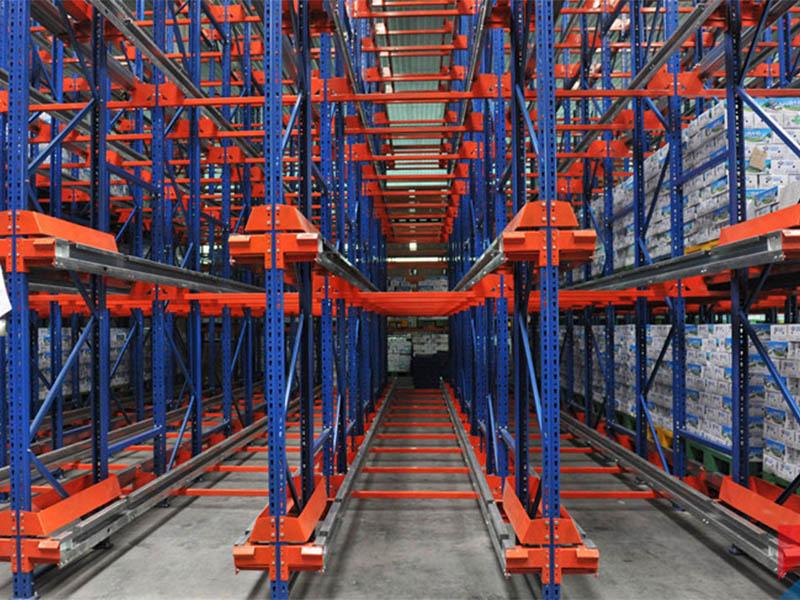
What Are Push Back Racks?
Push back racks are a type of pallet storage system designed to maximize storage density while allowing for multiple SKUs to be stored in a single lane. Unlike traditional static shelving, push back racks operate on a dynamic principle where pallets are loaded from the front and glide along inclined rails or carts. This setup enables each lane to hold several pallets deep, typically between two to five deep, depending on the configuration. The key mechanism involves a series of nested carts that move backward as new pallets are added, hence the name "push back racks." This design not only saves space by reducing aisle requirements but also ensures that the last-in, first-out (LIFO) inventory method is efficiently managed. By utilizing gravity and rolling mechanisms, push back racks provide a seamless way to handle high-volume storage without the complexity of fully automated systems.
How Do Push Back Racks Work?
The functionality of push back racks is rooted in their innovative mechanical structure. Each lane consists of multiple levels of carts or carriages that ride on inclined rails. When a pallet is loaded onto the front position, it pushes the existing pallets backward along the rails. As pallets are removed from the front, the stored pallets automatically move forward due to gravity, making the next one accessible. This LIFO approach is ideal for products with moderate turnover rates, as it simplifies the loading and unloading process. The system typically includes safety features like stops and brakes to prevent accidental rollbacks, ensuring operational safety. Overall, push back racks streamline workflow by minimizing the need for extensive maneuvering and allowing for quicker access compared to deep storage systems like drive-in racks.
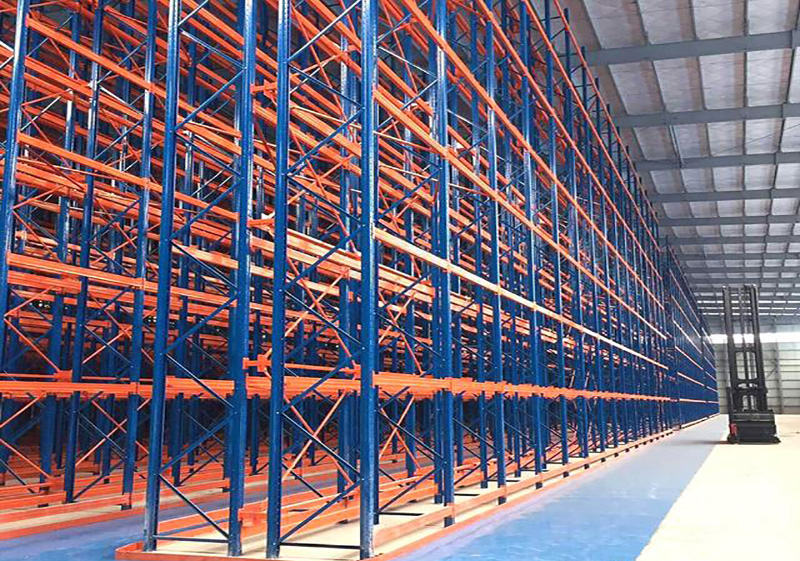
Key Benefits of Push Back Racks
One of the standout advantages of push back racks is their ability to significantly increase storage density. By utilizing vertical space and reducing aisle widths, businesses can store more pallets in the same footprint, leading to cost savings on real estate. Additionally, push back racks offer improved selectivity and accessibility compared to other high-density systems. Operators can easily access multiple SKUs without having to move other pallets, which enhances productivity and reduces labor costs. Another benefit is the flexibility in handling various pallet sizes and weights, making push back racks adaptable to diverse inventory needs. Moreover, the durability and low maintenance requirements of these systems contribute to long-term reliability, minimizing downtime and operational disruptions.
Ideal Applications for Push Back Racks
Push back racks are well-suited for a range of industries and environments where space optimization and efficient inventory rotation are critical. For instance, in distribution centers and warehouses dealing with perishable goods or items with expiration dates, the LIFO method ensures proper stock rotation. Manufacturing facilities often use push back racks for storing raw materials or finished products that require frequent access. Retail logistics operations benefit from the ability to handle multiple product lines in a compact area, reducing restocking times. Cold storage facilities also find push back racks advantageous due to their space-saving design, which helps maintain temperature control by minimizing air flow disruptions. Essentially, any setting with medium to high-density storage needs can leverage push back racks to improve efficiency.
Comparing Push Back Racks to Other Storage Systems
When evaluating storage options, it's essential to compare push back racks with alternatives like selective pallet racks, drive-in racks, and pallet flow systems. Selective racks offer direct access to every pallet but require more aisle space, making them less dense. Drive-in racks provide high density but operate on a first-in, last-out (FILO) basis, which can lead to inefficient inventory rotation. In contrast, push back racks strike a balance by offering higher density than selective racks and better selectivity than drive-in systems. Pallet flow racks, which use gravity for a first-in, first-out (FIFO) approach, are ideal for high-turnover items but may involve higher initial costs and maintenance. Push back racks stand out for their versatility, making them a middle-ground solution for many businesses.
Installation and Maintenance Considerations
Implementing push back racks requires careful planning to ensure optimal performance. The installation process involves assessing floor conditions, load capacities, and spatial layout to determine the appropriate configuration. It's crucial to work with experienced installers who can align the system with safety standards and operational workflows. Regular maintenance for push back racks includes inspecting rails, carts, and wheels for wear and tear, as well as ensuring that pallets are loaded correctly to prevent jams. Lubrication of moving parts and periodic checks for structural integrity can extend the system's lifespan. By adhering to these practices, businesses can avoid costly repairs and maintain the efficiency of their push back racks over time.
Cost and ROI Analysis
Investing in push back racks involves evaluating both upfront costs and long-term returns. The initial expense includes the racking components, installation, and any necessary modifications to the warehouse layout. However, the increased storage density often leads to reduced per-pallet storage costs and lower facility expenses. Businesses can achieve a rapid return on investment (ROI) through improved inventory turnover, reduced labor hours, and minimized product damage. For example, by storing more goods in less space, companies can defer expansions or relocate to smaller facilities. When considering push back racks, it's advisable to conduct a cost-benefit analysis that factors in operational savings, such as energy efficiency in climate-controlled environments and enhanced safety reducing accident-related costs.
Common Questions About Push Back Racks
Q1: What types of products are best suited for push back racks?
A1: Push back racks are ideal for products with moderate turnover rates, such as non-perishable goods, electronics, and automotive parts. They work well for items that don't require strict first-in, first-out (FIFO) rotation, as the system uses a LIFO approach.
Q2: How deep can push back racks be configured?
A2: Push back racks can typically be configured to hold two to five pallets deep per lane, depending on the design and load requirements. This flexibility allows businesses to customize the system based on their storage density needs and available space.
Q3: Are push back racks safe to use in high-traffic warehouses?
A3: Yes, push back racks are designed with safety features like brakes and stops to prevent accidental movement. However, proper training for operators on loading and unloading procedures is essential to minimize risks and ensure safe usage in busy environments.
Q4: What is the average lifespan of push back racks?
A4: With regular maintenance, push back racks can last 15-20 years or more. The durability depends on factors like load frequency, environmental conditions, and adherence to maintenance schedules, such as inspecting rails and carts for wear.
Q5: Can push back racks be integrated with existing storage systems?
A5: Absolutely, push back racks can often be integrated with other systems like selective racks or mezzanines to create a hybrid storage solution. This allows businesses to optimize different areas of the warehouse based on specific inventory needs without a complete overhaul.
In summary, push back racks offer a dynamic and efficient storage solution that addresses common warehouse challenges. By understanding their mechanics, benefits, and applications, businesses can make informed decisions to enhance their operations. Whether you're looking to save space, improve accessibility, or boost ROI, push back racks provide a versatile option worth considering.



